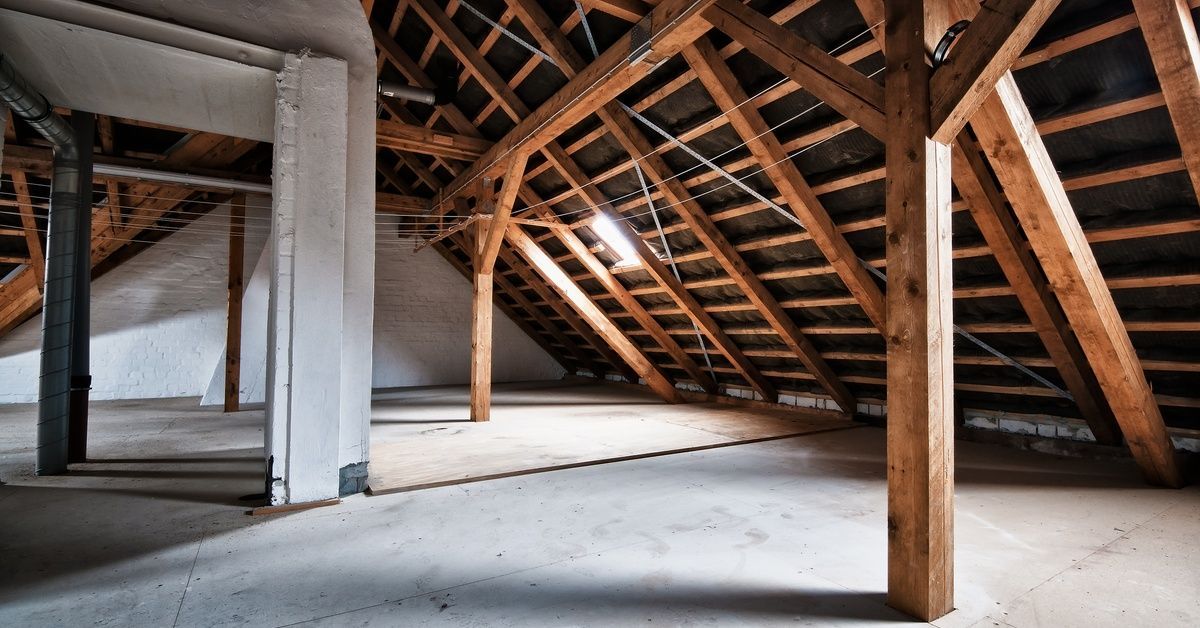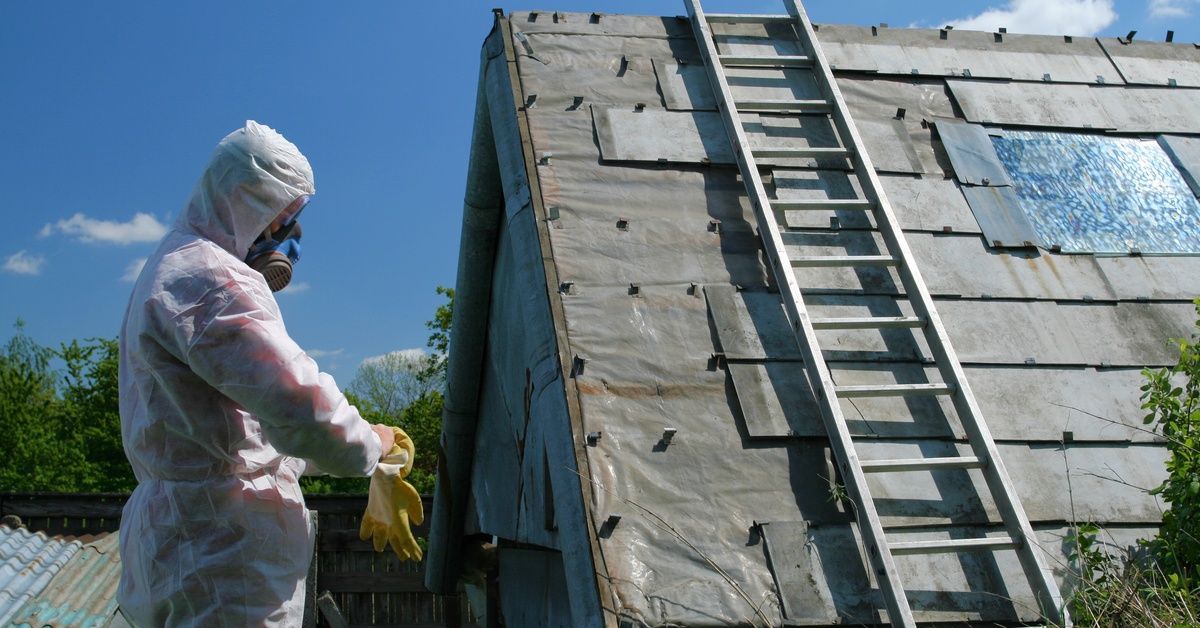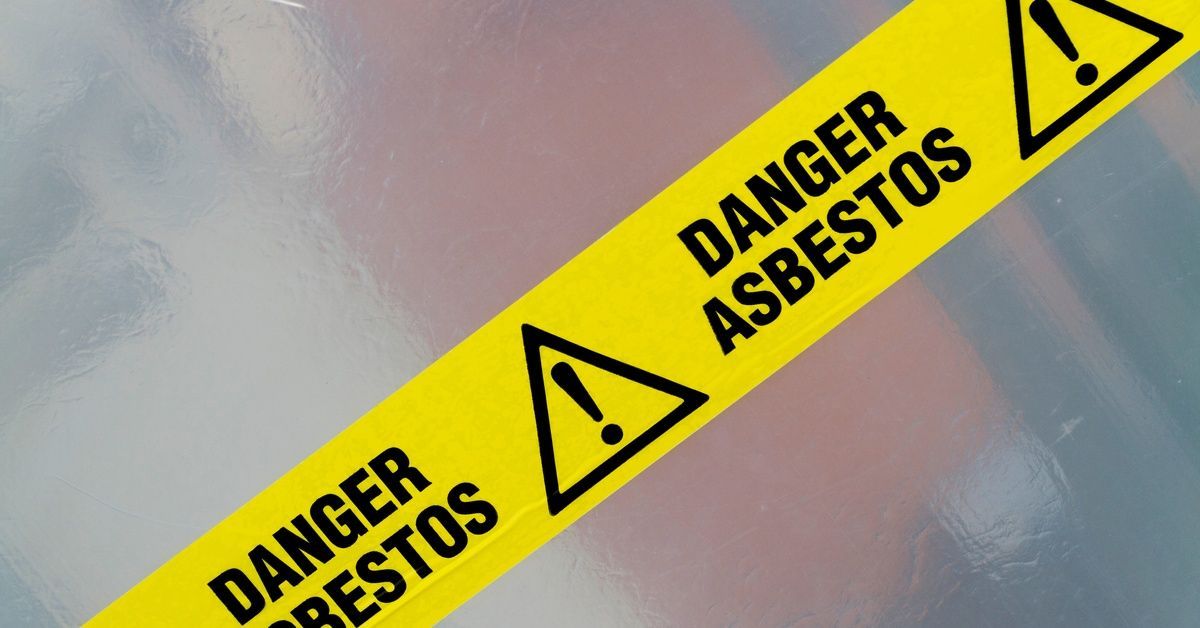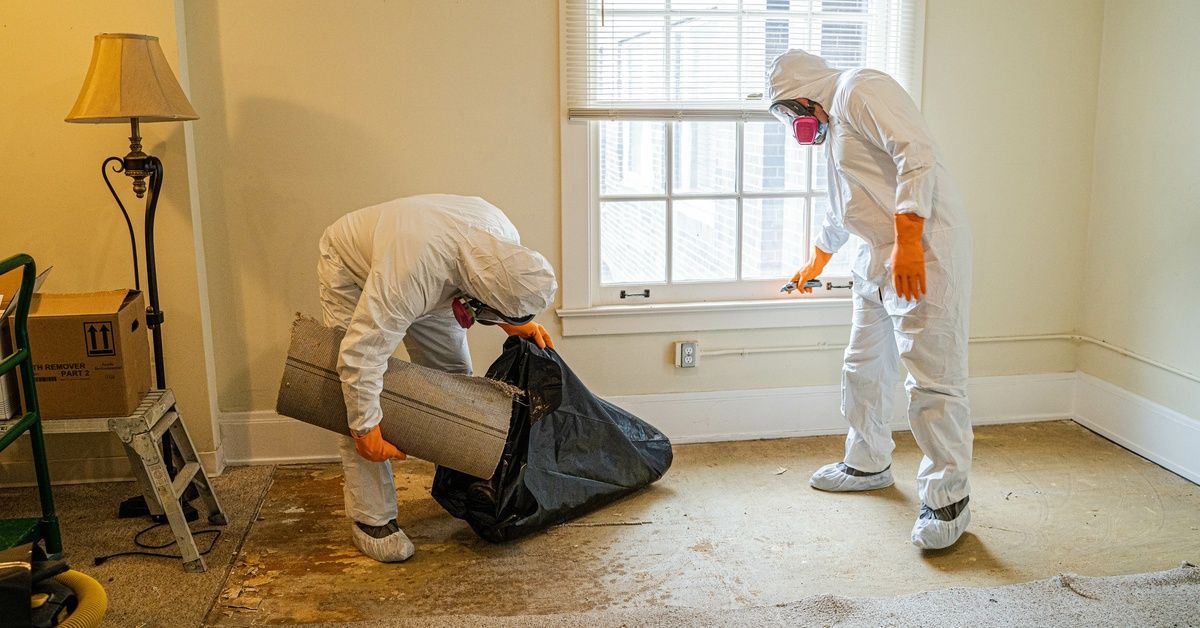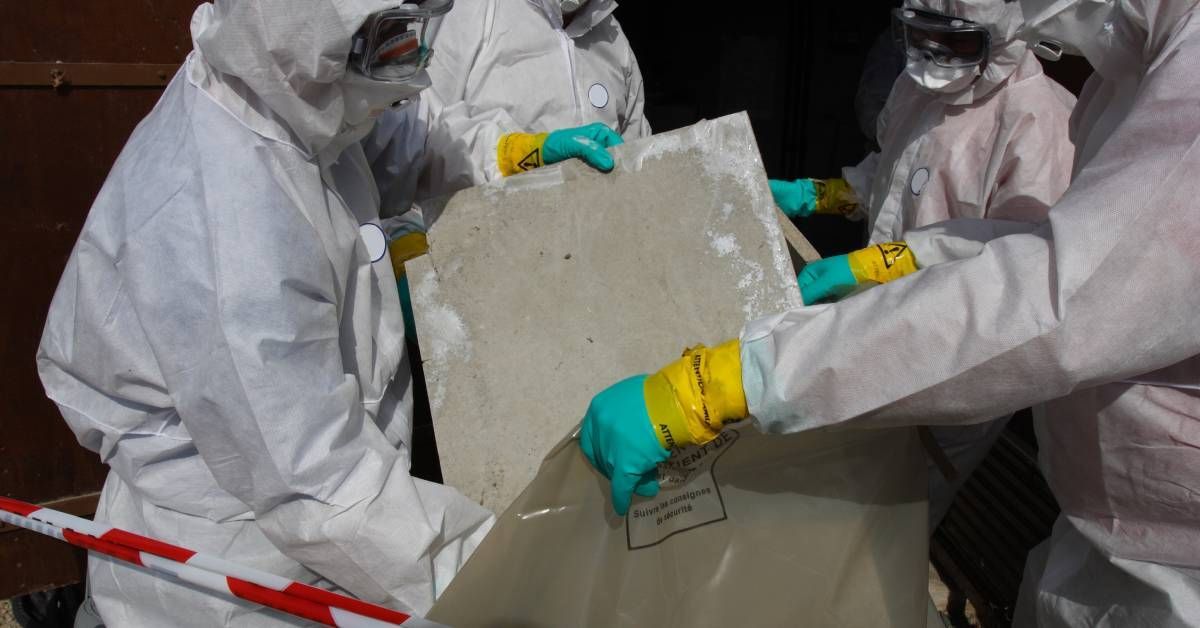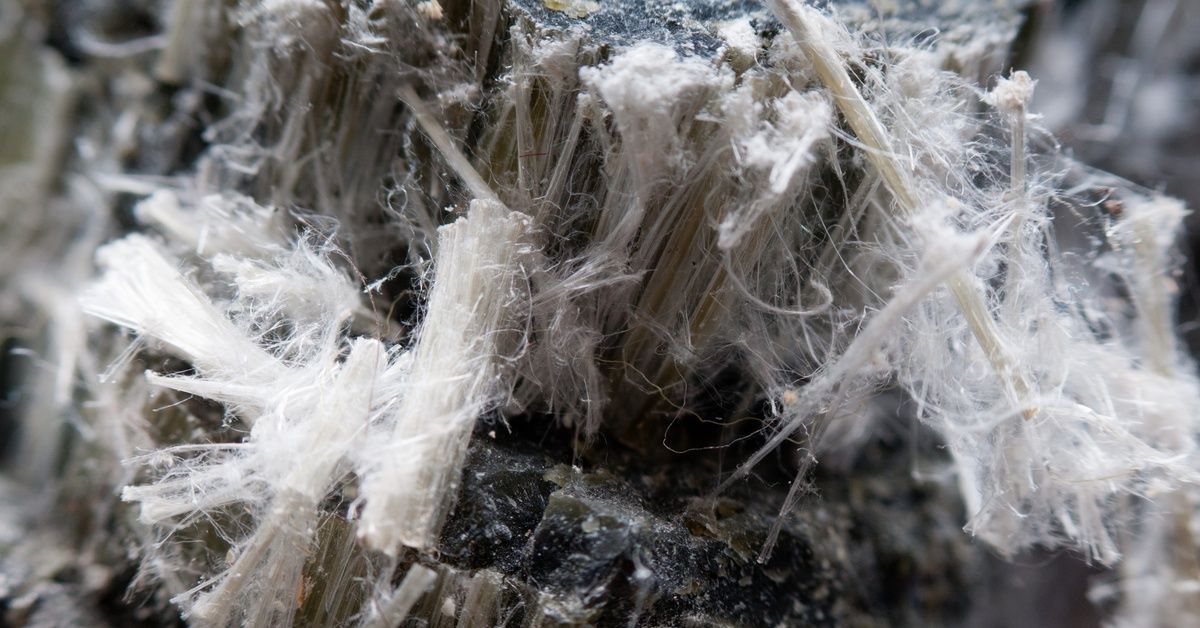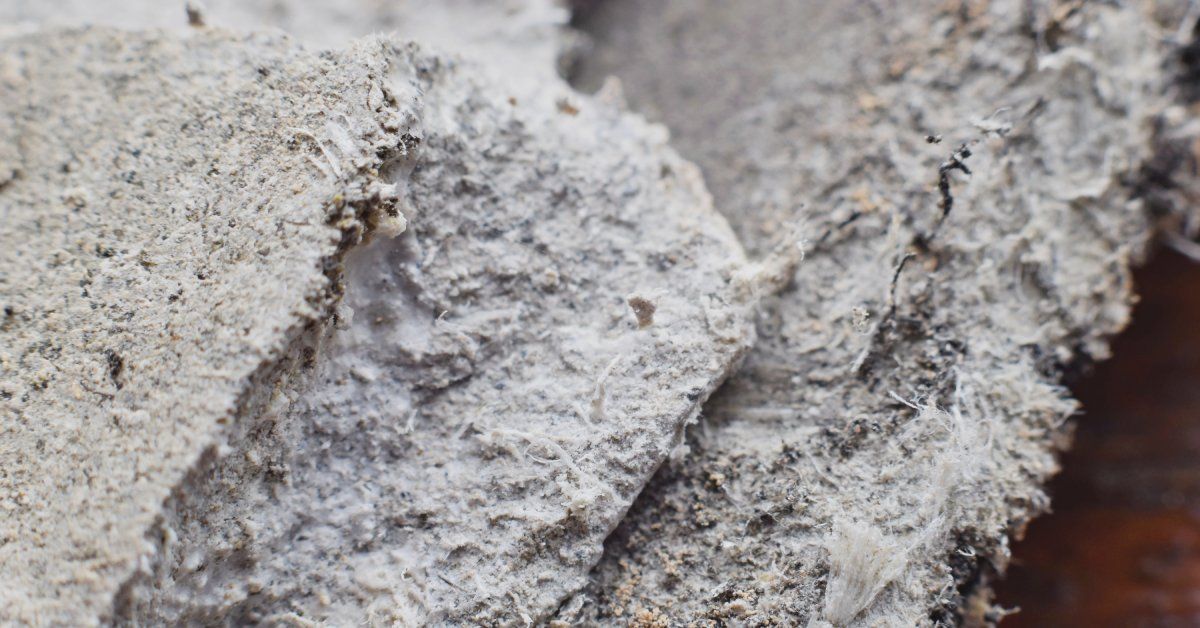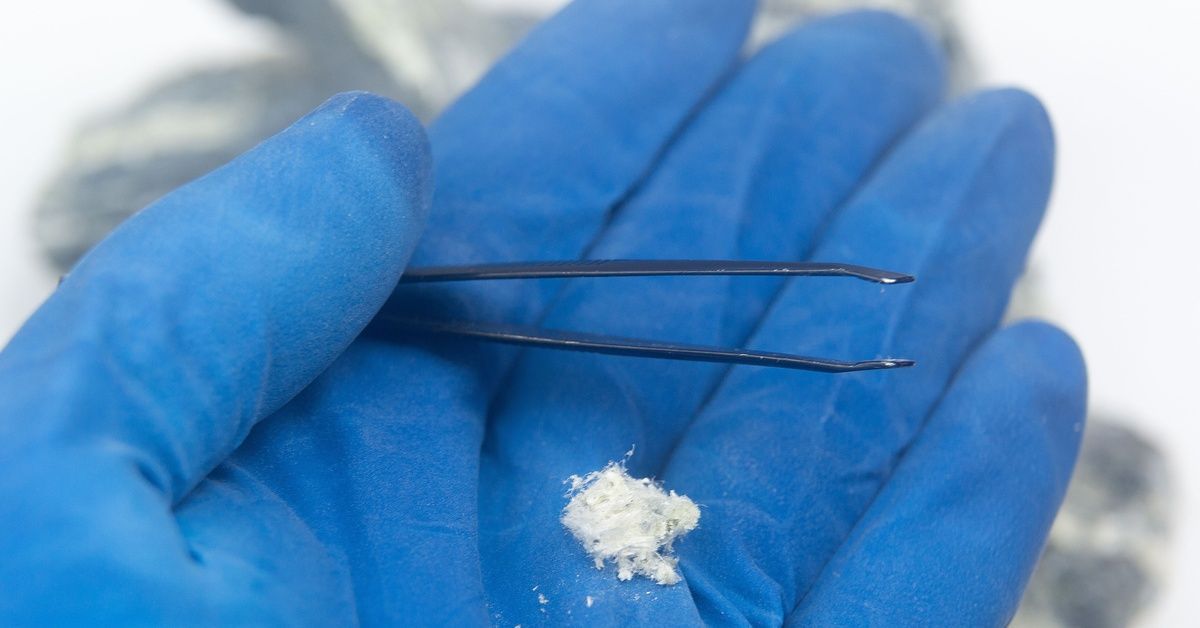Why Spring Storms Can Be an Asbestos Hazard
Spring storms bring more than just showers and budding flowers. Heavy rains, strong winds, and severe weather can create unexpected safety hazards in old homes and buildings, particularly those constructed before the 1980s. One often-overlooked danger is the potential disturbance of asbestos-containing materials that may have remained safely intact for decades.
Understanding how spring weather patterns can affect your property’s asbestos-containing materials is crucial for protecting your family’s health and making informed decisions about remediation.
How Spring Weather Disturbs Asbestos
Spring storms can compromise building materials in several ways. Heavy rain may cause roof leaks that saturate insulation, ceiling tiles, and other materials that contain asbestos fibers. When these materials become wet and dry repeatedly, they can become friable, meaning they’re more likely to crumble and release dangerous fibers into the air.
Identifying Post-Storm Asbestos Risks
After a spring storm, homeowners should carefully assess their property for potential asbestos exposure risks. Look for water stains on ceilings, damaged insulation around pipes, cracked or broken floor tiles, and any deteriorating building materials in basements or utility areas.
Spring storms can be an asbestos hazard when cleanup efforts begin. Well-meaning homeowners may inadvertently disturb compromised materials while removing debris, cleaning up water damage, or making emergency repairs. These activities can release microscopic asbestos fibers that remain airborne for hours or days.
Properties built before 1980 are most at risk, as asbestos was commonly used in construction materials, including insulation, roofing shingles, floor tiles, and pipe wrapping. Even homes built in the early 1980s may contain some asbestos materials, as the phasing out of these products occurred gradually.
The Importance of Professional Assessment
When storm damage affects older buildings, resist the urge to begin cleanup activities immediately. A professional assessment by a qualified asbestos abatement company ensures that any disturbed materials are properly identified and safely handled in accordance with federal and state regulations.
Licensed professionals have the necessary training and equipment to test suspected materials and determine the safest course of action. They can distinguish between materials that pose immediate risks and those that may be safely left undisturbed with proper monitoring.
Professional assessment by Air Safe also provides documentation that may be necessary for insurance claims and establishes a baseline for future monitoring of asbestos-containing materials in your property.
Safe Cleanup After Spring Storm Damage
If you suspect spring storms can be an asbestos hazard in your location, avoid DIY cleanup of potentially contaminated materials. Professional remediation teams follow strict protocols to contain work areas, use specialized equipment to prevent fiber release, and properly dispose of contaminated materials.
Licensed contractors with Air Safe are familiar with the complex regulations governing asbestos handling and can comply with both federal EPA guidelines and state-specific requirements. This expertise protects not only your family’s immediate health but also prevents legal complications that could arise from improper handling.
The investment in professional services often proves cost-effective compared to the potential health risks and expensive remediation required if asbestos fibers contaminate your entire home during improper cleanup attempts.

